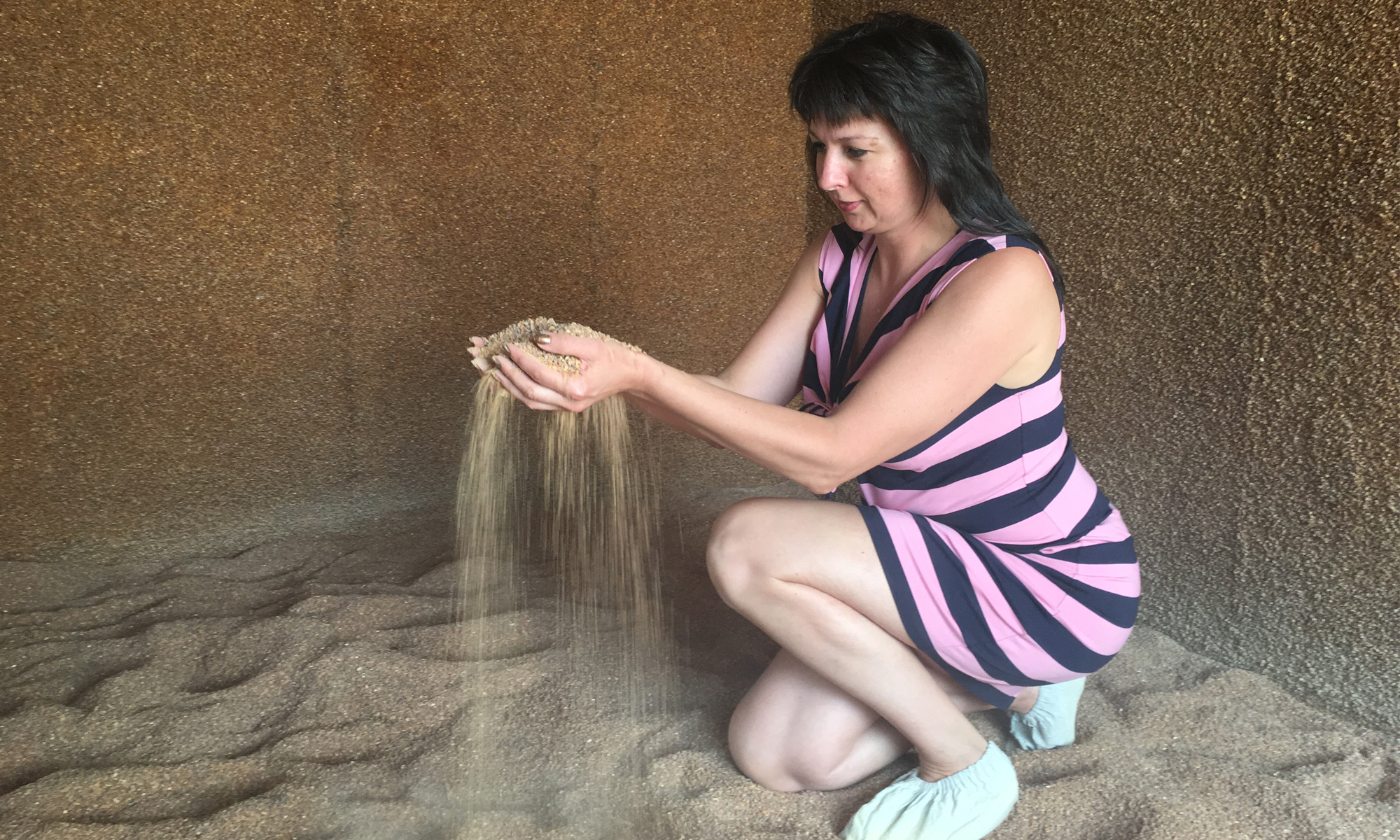What are the features of amber? It are the one of main questions which we are hear from our clients. In this note we will try answer to this question.
ORIGIN AND FEATURES OF AMBER
Amber is a fossil resin of ancient trees Pinus Succinifer, which were subject to extinction long time ago. Those trees belonged to the species of pines. This mineral may be white, yellow, greenish, blue, red, but the yellowish gold variations, which are shining in the sun, are the most common. That is precisely why amber is often called a solar stone. Mineral is amorphous, soft (rigidity 2.2 – 2.5), easy to planish and polish. Its density is 1.05 – 1.096 g/ml. In regard to the classification this mineral is represents the group of flammable minerals and humus carbon. In regard to the chemistry it is a compound of organic acids with representative formula C10H16O. It often has sulphur adulteration. Some “bony” variations of amber have less carbon than yellow limpid variations; it may be considered as the accumulation of bigger amount of resin. Oxygen forms small bubbles inside amber. The limpid yellow amber may have up to 6,000 small bubbles in 1 cm3; the opaque amber may have up to 900,000 in 1 cm3. The implication is that transparency of the stone is proportionate to the amount of oxygen bubbles in it.
Amber melt
Amber softens at 150° temperature and melts at 300°. It is flammable and releases smell of pine resin. This mineral has dielectric features and preserves warmth. Pieces of amber can be found in the nature. Diameter of them varies from 1 to 10-20 cm and more. Really massive pieces up to 10 kg are also possible. There are various shapes of those pieces: drops, icicles, formations of irregular shapes, spongy discs or rounded shape.
Amber it are tree resins…
Tacit and Pliny the Elder who were notionalists of the first century AD mentioned amber in their works. Later, M. V. Lomonosov wrote about it in his work “About strata of the earth”. Up to now there are gaps in the interpretation of the origins of amber. For instance, there is no unanimous view about the place where those trees grew, whose resin fell into the sea. The fact is that 40-50 m year ago, when Scandinavian Peninsula bordered on Eastern Baltic coast, amber forests grew on the North Sea cost. Climate there was the same as in Africa now. The lush flora greened in the subtropical and tropical paleogene forests: palms, cypresses, magnolias, oaks, conkers, firs, pines, spruce. Various herbage, mushrooms, moss and ferns were involved in the formation of the cover of the earth. Amber pines grew in those forests. Those pines used to fill entire groves. Trees used to brake during the hurricanes and storms. Sticky resin used to outflow from the broken places and the gigantic drops of those resin used to hover on the bark. In the course of time those drops used to come unstuck and dropped on the ground. Not only hurricanes were the reason of the resin flow, called succinosis, but climate changes as well. Resin – succinite were drifted to the south when it got into the water. It is likely to believe that this was the way of formations of its occurrence.
Amber today…
Today amber is found in different forms but not in a resin shape anymore. It is the product of the resin; it is mineral, which formed because of manifold changes during a long period of time. Mineral, which has been formed in this way is considered to be called succinit, and only Baltic succinit may be called amber (the same as Romanian – romanite, Sicillian – simetite, Burmese – birmite). Succinit quite local in the territory of the North Sea cost, near the Canada coasts, in Transnistria, in Carpathians and in other regions. Nevertheless, amber is unique in Kaliningrad region and on Lithuanian cost: there is up to 80% resources of this stone gathered in those places worldwide.
Fragments of both plants and animals life is being found in the limpid formations of amber. The exploration of amber helps to identify the conditions, how this stone was forming; it also helps to find out the consecution of Earth’s forming stages.
